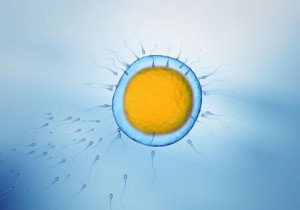Male Infertility
 Men, too, can undergo a simple laboratory test to detect possible causes of male infertility. The first step is generally a semen analysis, or spermiogram, to test the vitality of the sperm through the analysis of shape, number and motility.
Men, too, can undergo a simple laboratory test to detect possible causes of male infertility. The first step is generally a semen analysis, or spermiogram, to test the vitality of the sperm through the analysis of shape, number and motility.
The examination should be done after 3/4 days of abstinence from intercourse but no more than 5, because old sperm might be slower, and this could compromise the results. The seminal fluid must be collected in a sterile container and must reach the laboratory within thirty minutes from emission.
The presence of red blood cells or leucocytes in the seminal liquid may be an indicator of an ongoing infection, detectable by means of a semen culture.
This examination consists in seeding the seminal fluid onto more or less selective terrains to research the possible presence of common pathogens or specific ones such as chlamydia, candida, trichomonas, or mycoplasmas. As for the semen analysis, the collection of the sample must be preceded by a careful external cleansing of the penis with water in order to avoid the proliferation of bacteria that normally reside in the terminal part of the urethra and do not cause infertility (see section sample collection).
If the results of the semen analysis indicate weak vitality of the sperm or reduced numbers, it is advisable to undergo a specialized andrological visit in order to detect the possible presence of varicocele, cryptorchidism or other testicular abnormalities.
For men too, it might be useful to measure some hormones involved in the spermatogenesis, such as testosterone, FSH and the thyroid hormones in order to evaluate whether the figures are within the norm.


